Every spring and fall, the sky comes alive with a breathtaking parade: millions of birds, from tiny warblers to massive cranes, follow invisible aerial highways across continents. Let’s step inside this astonishing avian migration and meet some of its most captivating travelers.
The Arctic Tern: Champion of Long-Distance Flight
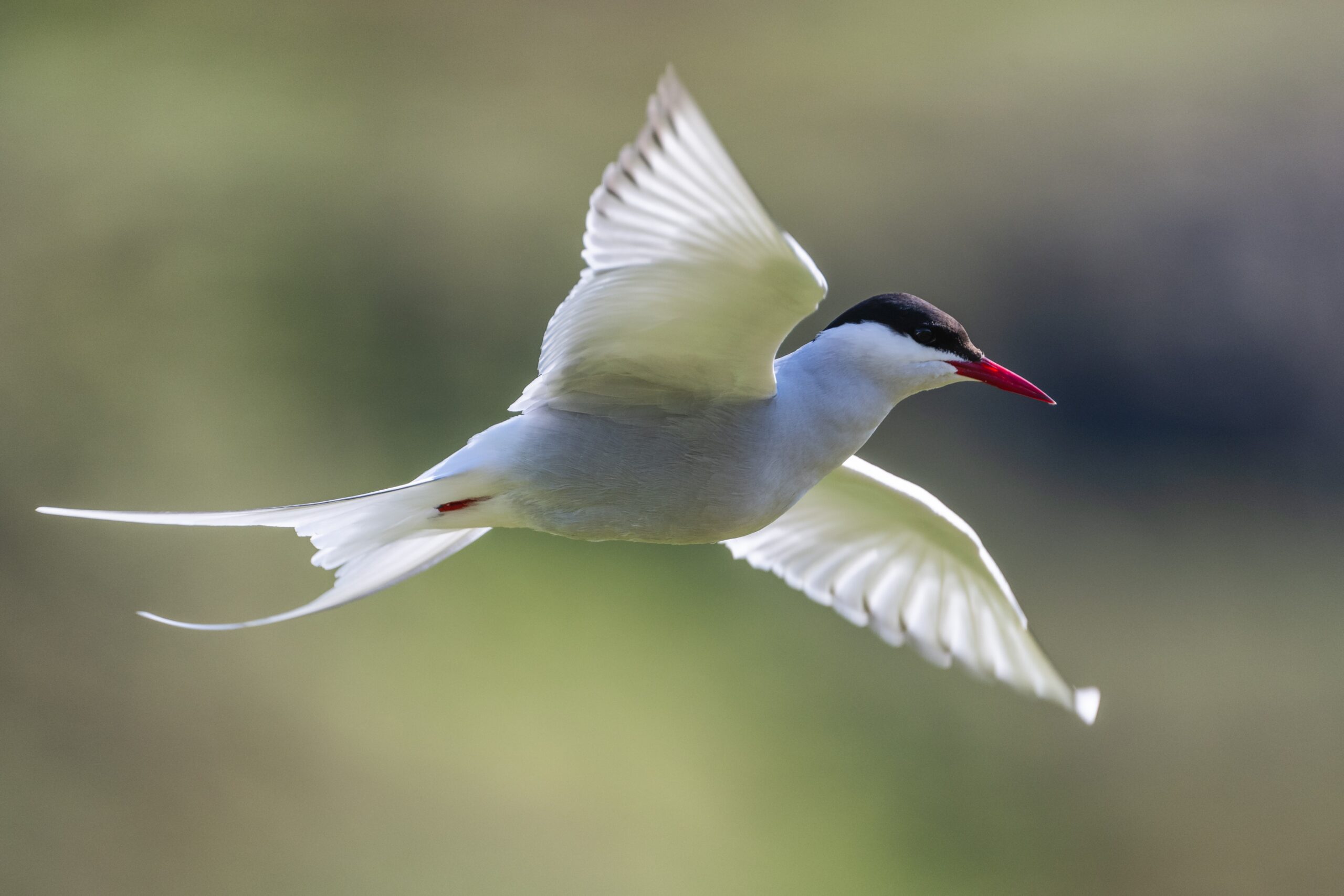
With wings sharp as scythes, the Arctic Tern embarks on the longest migration of any animal, flying from the Arctic Circle all the way to Antarctica and back each year. This tiny, elegant bird experiences two summers annually, chasing daylight across the globe in a journey of over 44,000 miles.
The Ruby-Throated Hummingbird’s Daring Gulf Crossing
Weighing less than a nickel, the Ruby-Throated Hummingbird bravely flings itself across the Gulf of Mexico—600 miles non-stop—with nothing but beating wings and sheer determination. Each spring, their glittering emerald and ruby feathers shimmer in Southern gardens, heralding warmer days.
The Sandhill Crane’s Ancient Gathering on Nebraska Plains
Every March, hundreds of thousands of Sandhill Cranes descend on Nebraska’s Platte River, filling the air with bugling calls and spectacular courtship dances. For millennia, this migration has signaled the turning of seasons on the Great Plains, drawing birders from around the world.
The Painted Bunting: A Living Rainbow in Southern Woodlands
The male Painted Bunting, with feathers splashed in electric blue, red, green, and yellow, seems plucked from a child’s coloring book. These shy songbirds migrate from Central America to the Southeast U.S., where lucky observers might spot a flash of living color among the leaves.
The Bar-Tailed Godwit’s Nonstop Pacific Marathon
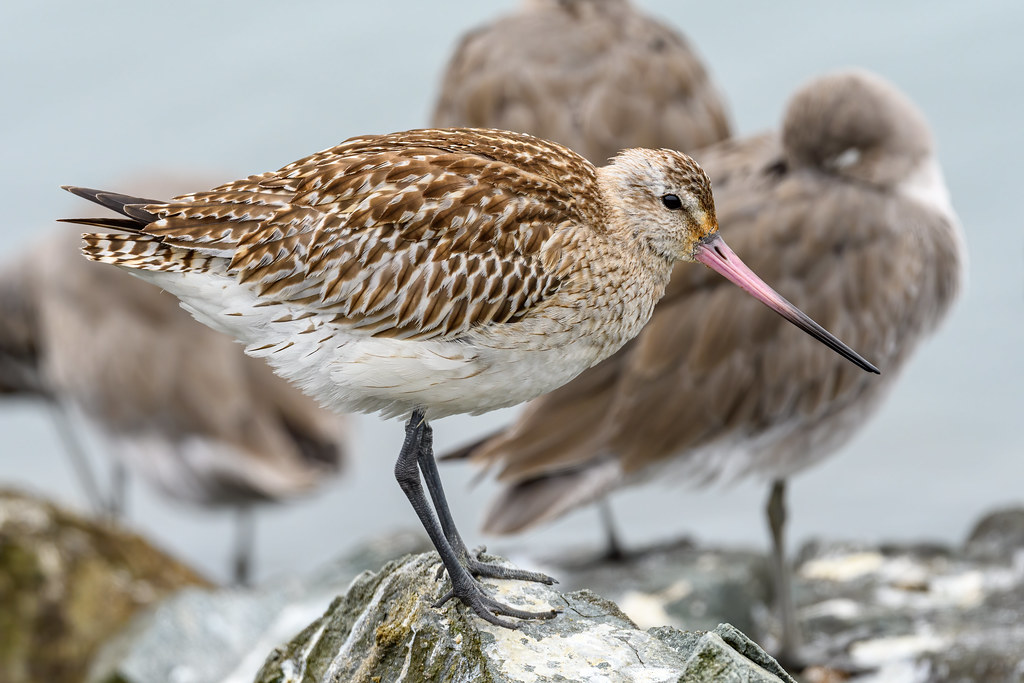
Bar-Tailed Godwits are marathoners of the sky, flying nonstop from Alaska to New Zealand—over 7,000 miles in a single stretch. Tracking devices have revealed these unassuming shorebirds endure days of continuous flight, powered by stored fat and remarkable stamina.
The Swallow-Tailed Kite’s Graceful Southern Soaring
With striking black-and-white plumage and a forked tail like a pair of scissors, the Swallow-Tailed Kite glides effortlessly above southern wetlands. Migrating from South America to the southeastern U.S., these birds slice through the air in acrobatic pursuit of insects.
The Common Swift: Master of the Endless Sky
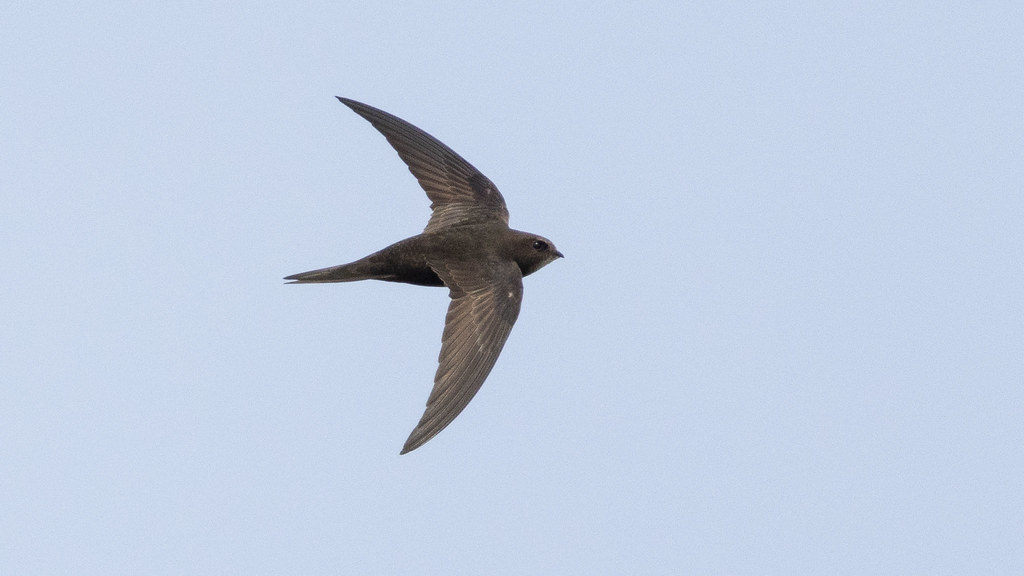
Seldom seen perching, the Common Swift spends almost its entire life airborne—eating, drinking, even sleeping on the wing. Each spring, they sweep into European cities, screeching through the dusk, before vanishing southward with the fading summer.
The Snow Goose: Arctic Clouds Over Midwestern Fields

During migration, enormous flocks of Snow Geese blanket the sky and fields of the central U.S. Their white wings and black-tipped feathers create shifting clouds, a breathtaking sight as they journey from the Gulf Coast to Arctic breeding grounds.
The Blackpoll Warbler’s Oceanic Leap
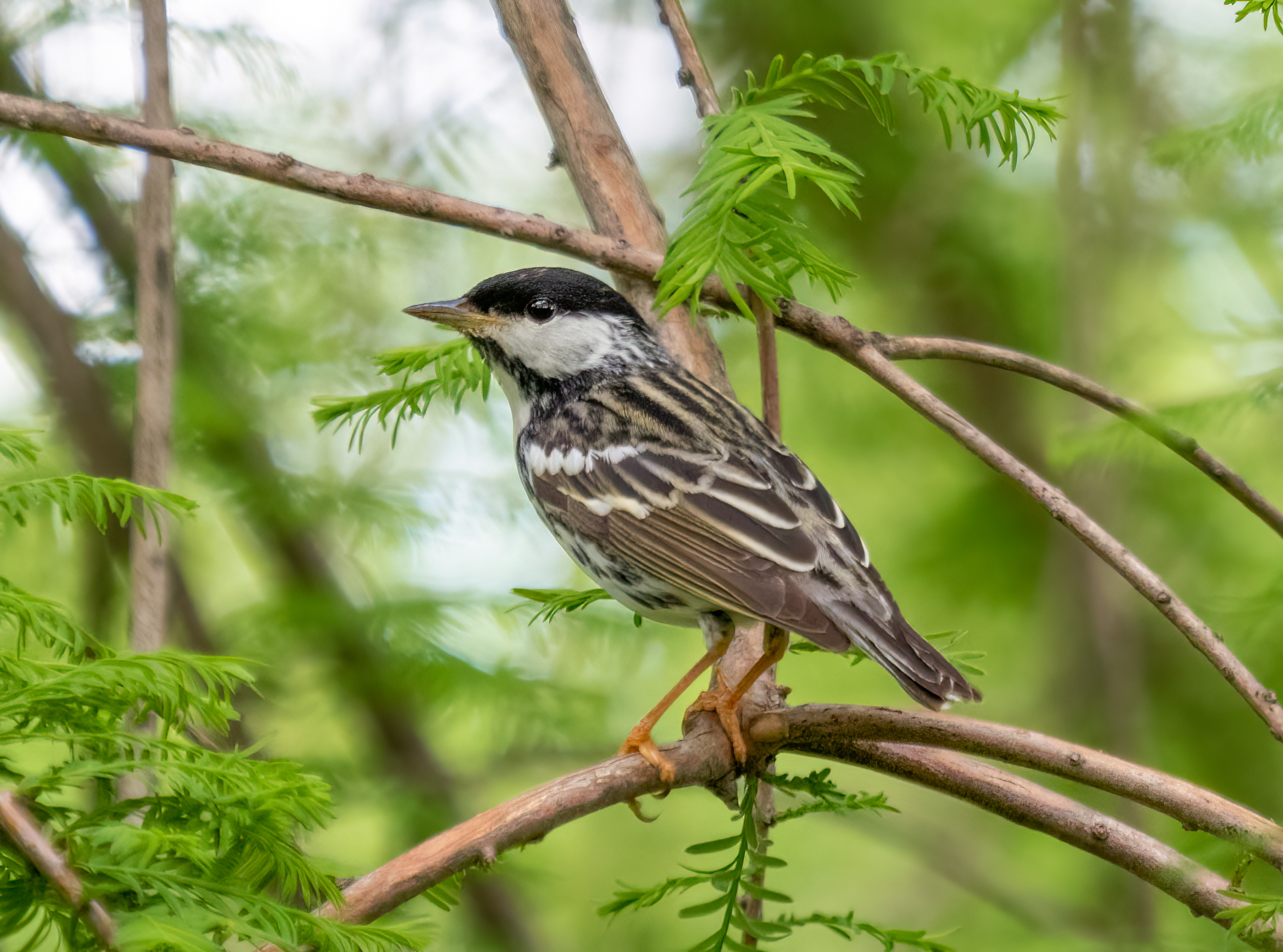
Weighing barely more than a sheet of paper, the Blackpoll Warbler undertakes a perilous, non-stop flight over the Atlantic from New England to South America each fall. Scientists still marvel at how such a small bird can store enough energy for this epic crossing.
The European Stork’s Journey Over the Sahara
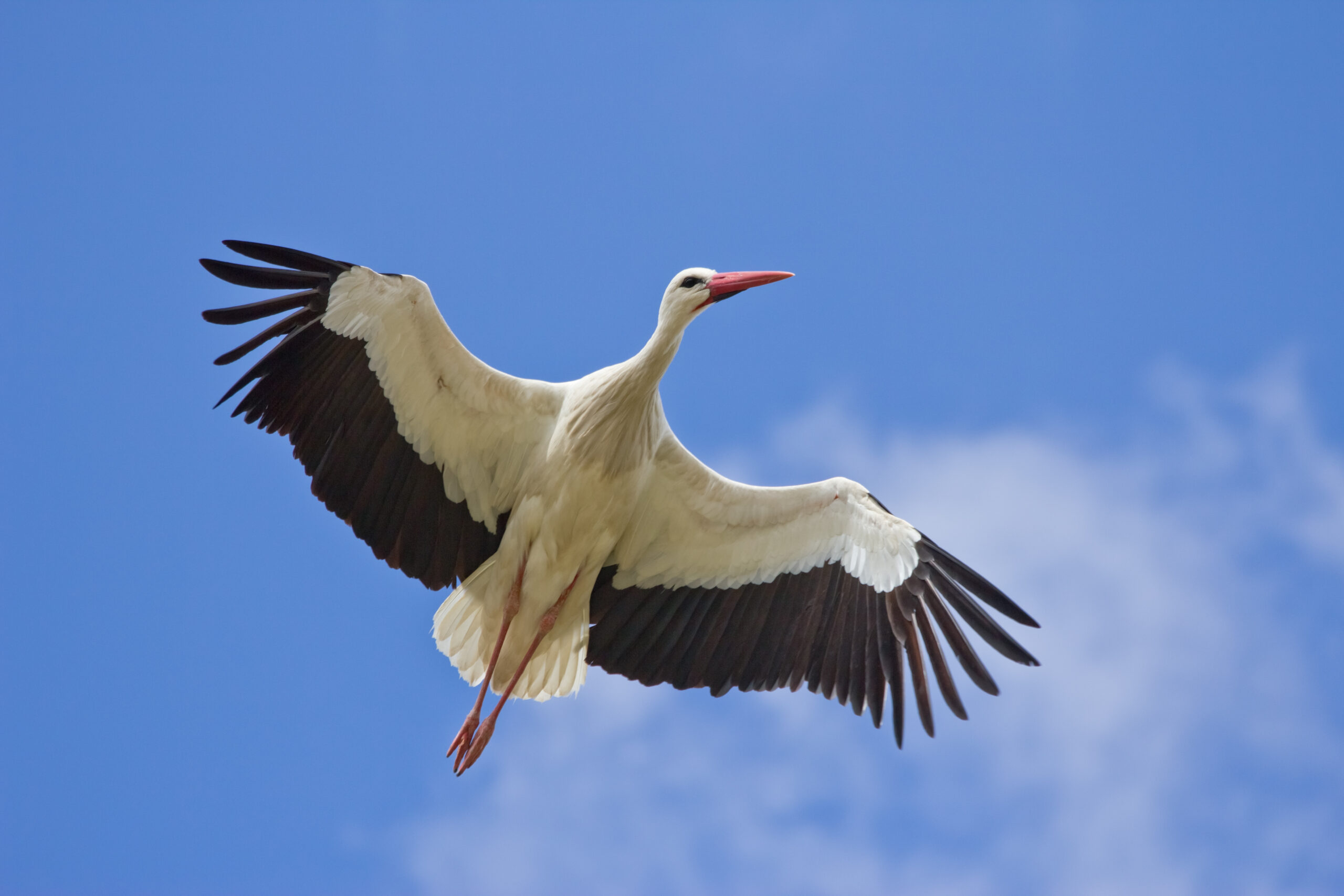
White Storks, symbols of luck across Europe, migrate in swirling flocks called “kettles.” Their route takes them over the Mediterranean and the vast Sahara Desert—a challenging journey that has inspired legends and folklore for centuries.
The Red Knot: Linking Hemispheres in a Race Against Time
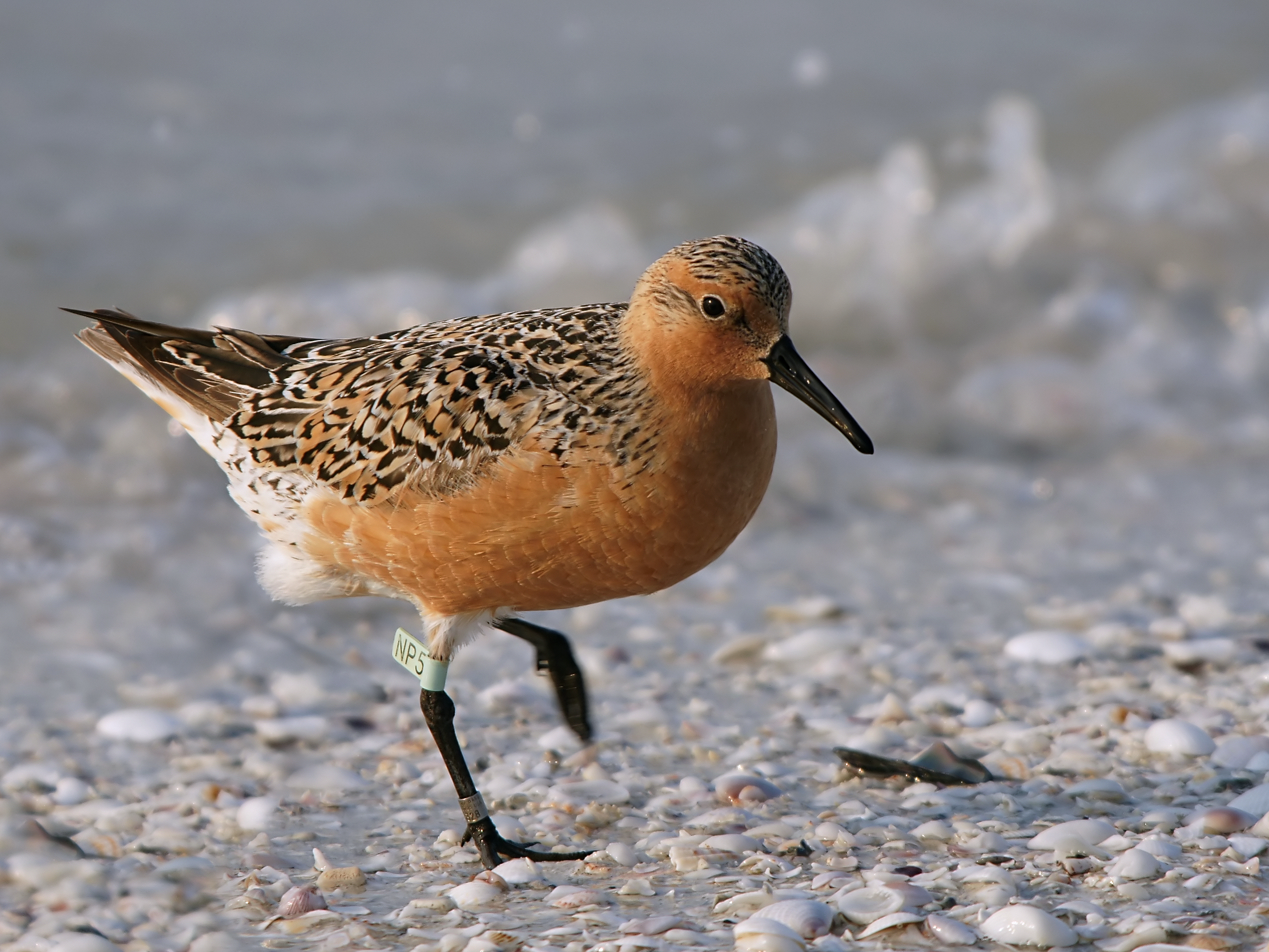
Red Knots migrate from the tip of South America to the Arctic tundra, timing their journey to feast on horseshoe crab eggs along Delaware Bay. Their rusty-red breeding plumage and synchronized stopovers create a spectacle for scientists and nature lovers alike.
The Magnificent Frigatebird’s Endless Ocean Patrol
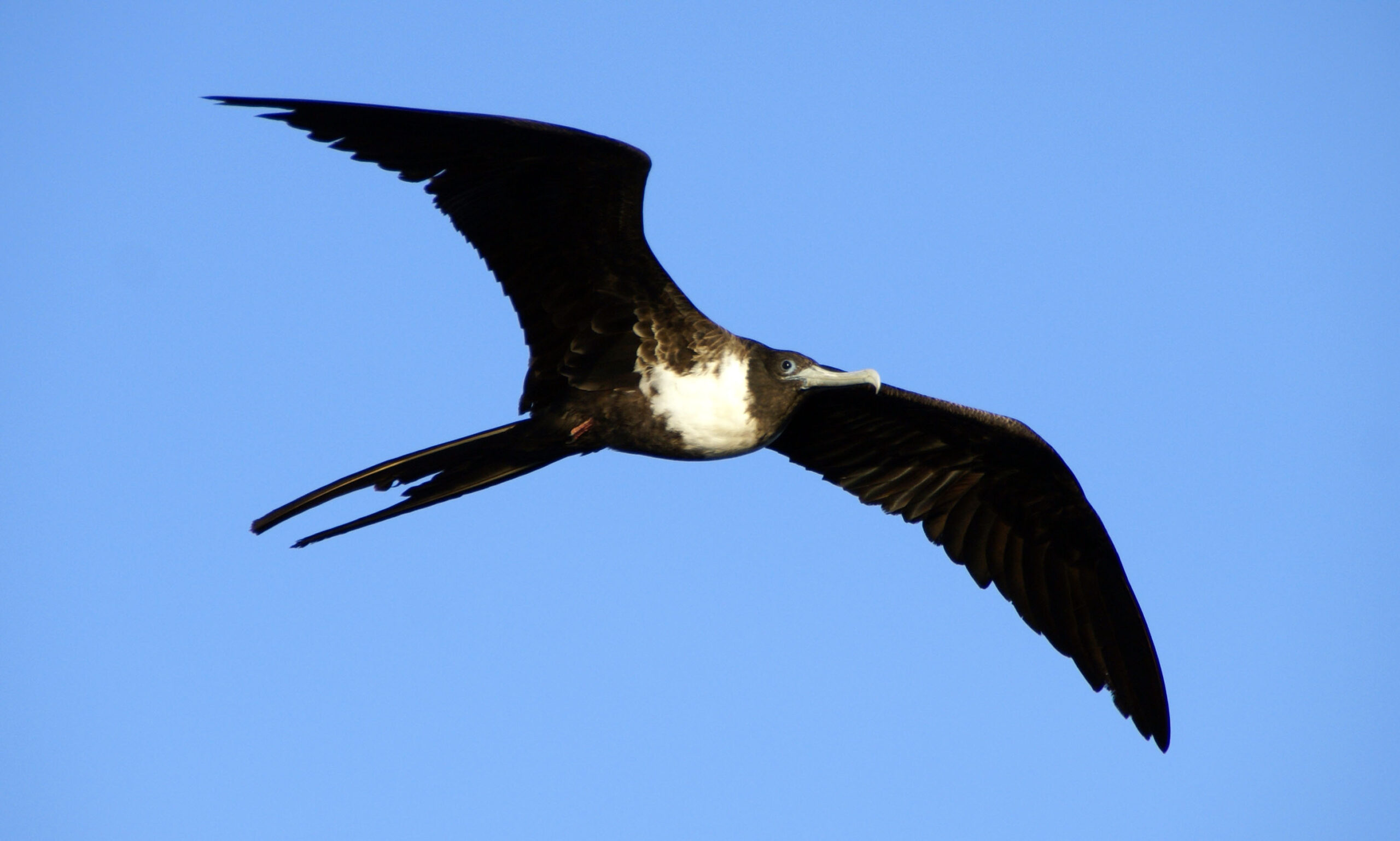
With a wingspan stretching up to 7 feet, the Magnificent Frigatebird rides tropical ocean winds for weeks, rarely landing. These aerial pirates are often spotted over the Caribbean and Pacific, stealing fish in midair with their hooked beaks.
The Whooping Crane’s Hopeful Comeback
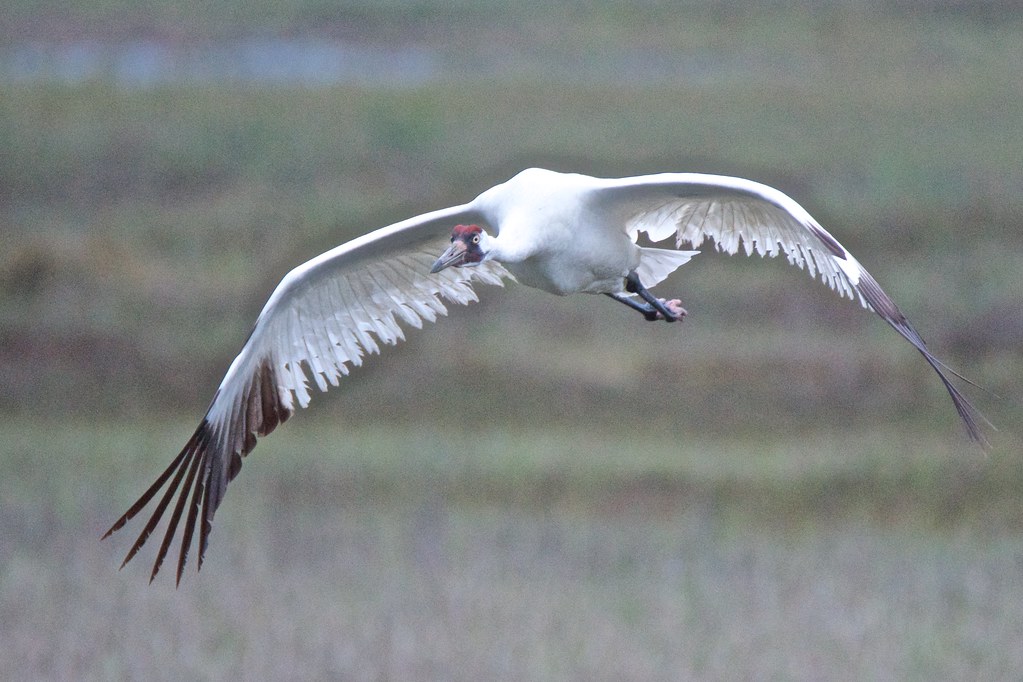
Once nearly extinct, the stately Whooping Crane now graces North America’s wetlands each spring and fall. Thanks to decades of conservation, these snowy giants migrate between Texas and Canada, their haunting calls echoing the promise of recovery.
The Swainson’s Hawk: Grasshopper Chaser of Two Continents
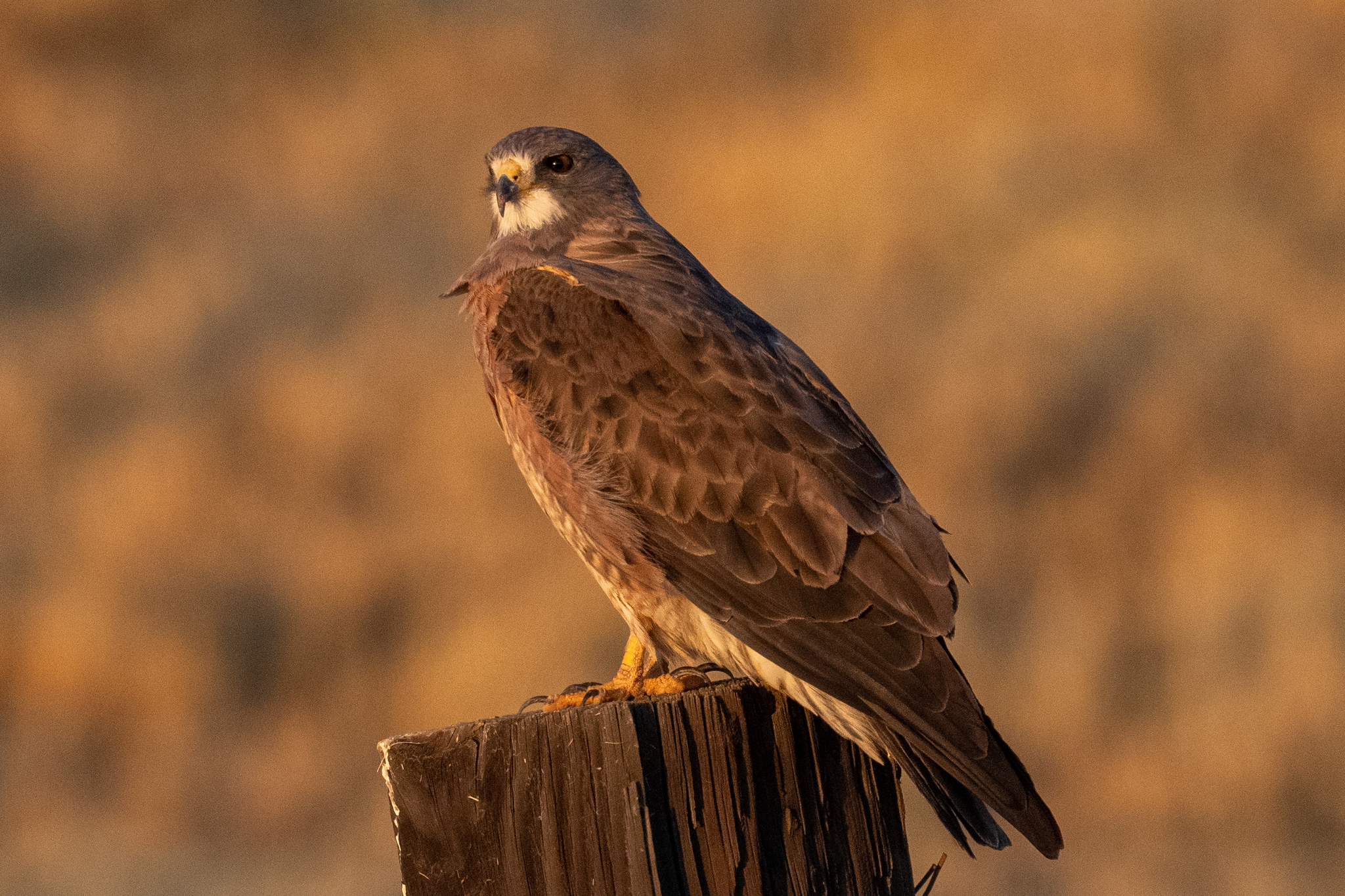
Swainson’s Hawks depart from the Canadian prairies and soar all the way to the Argentine pampas, following the great grasshopper swarms. Their journey is a living link between North and South American grasslands, a testament to nature’s grand design.
The Eurasian Blue Tit: Tiny Acrobat of the European Woods
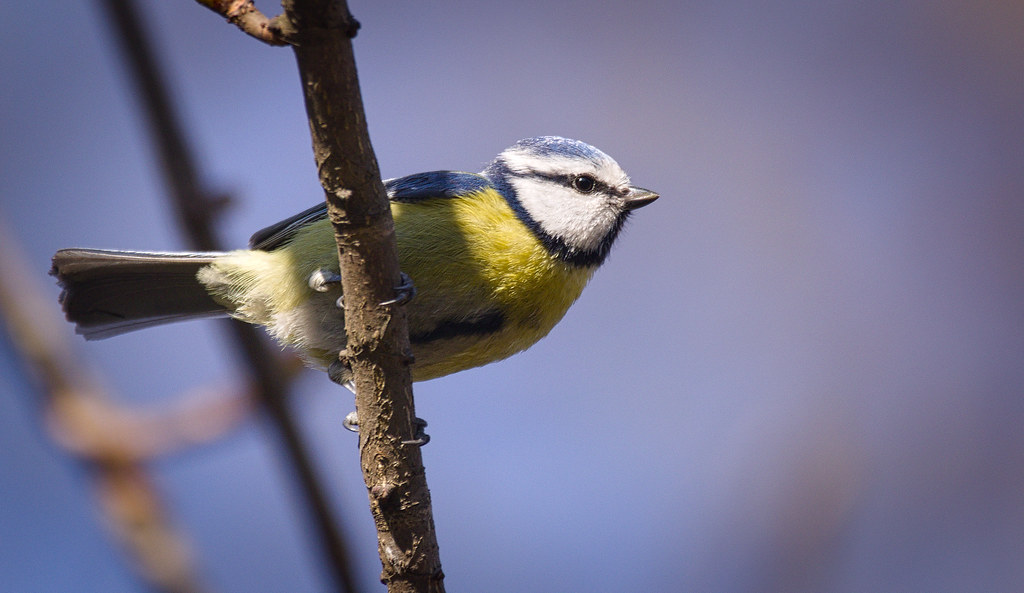
Though small and bright, the Eurasian Blue Tit undertakes impressive migratory hops across Europe. In autumn, flocks swirl through oak forests, their high-pitched calls a familiar soundtrack to falling leaves and golden afternoons.
The Great Snipe’s Record-Breaking Speed Run
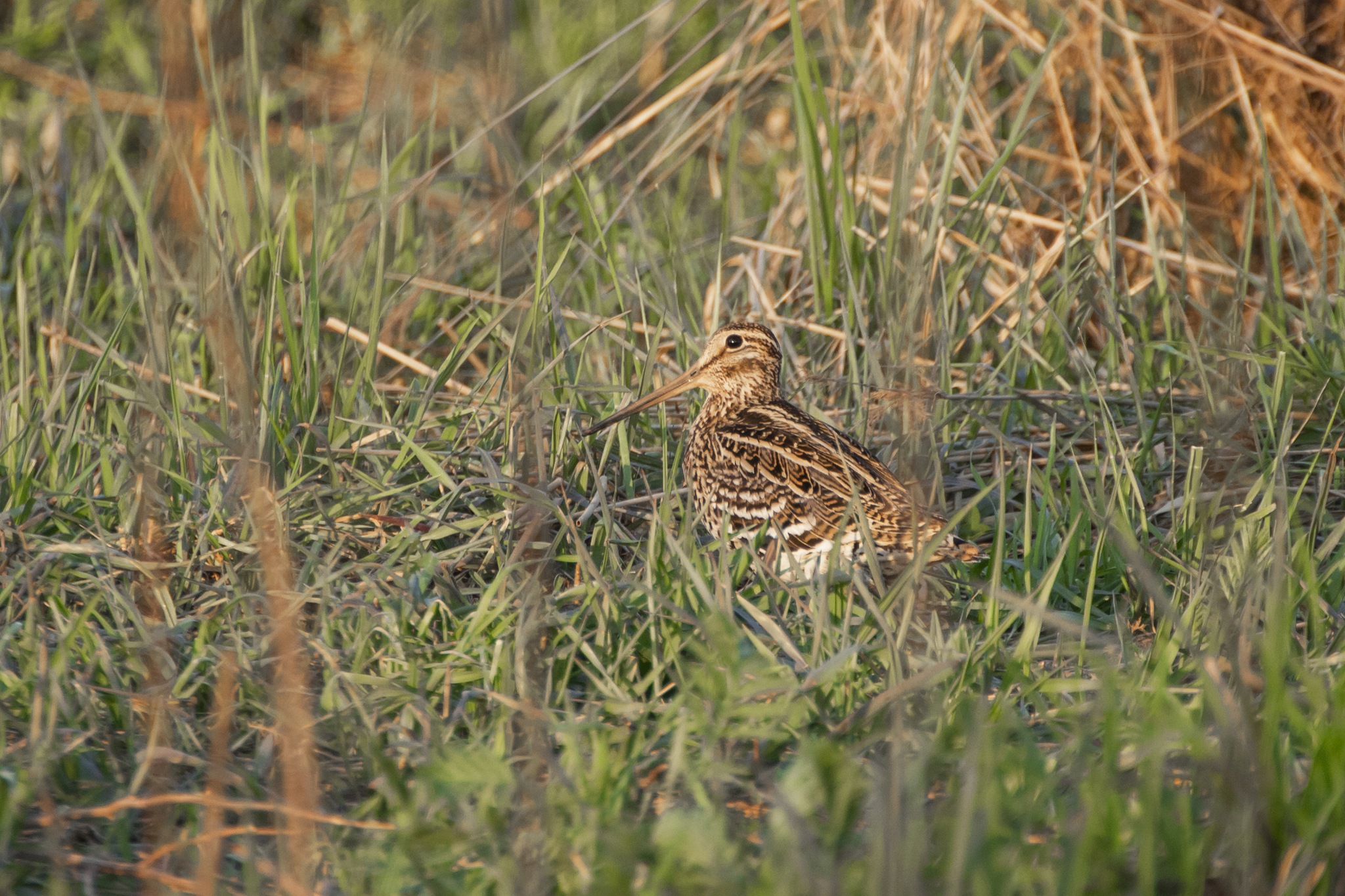
The Great Snipe is a migration speedster, covering up to 4,200 miles from Scandinavia to Central Africa in just a few days. Using satellite tracking, scientists discovered these chunky, camouflaged birds can fly faster and farther than almost any songbird.
The Oriental Honey-Buzzard’s Asian Adventure
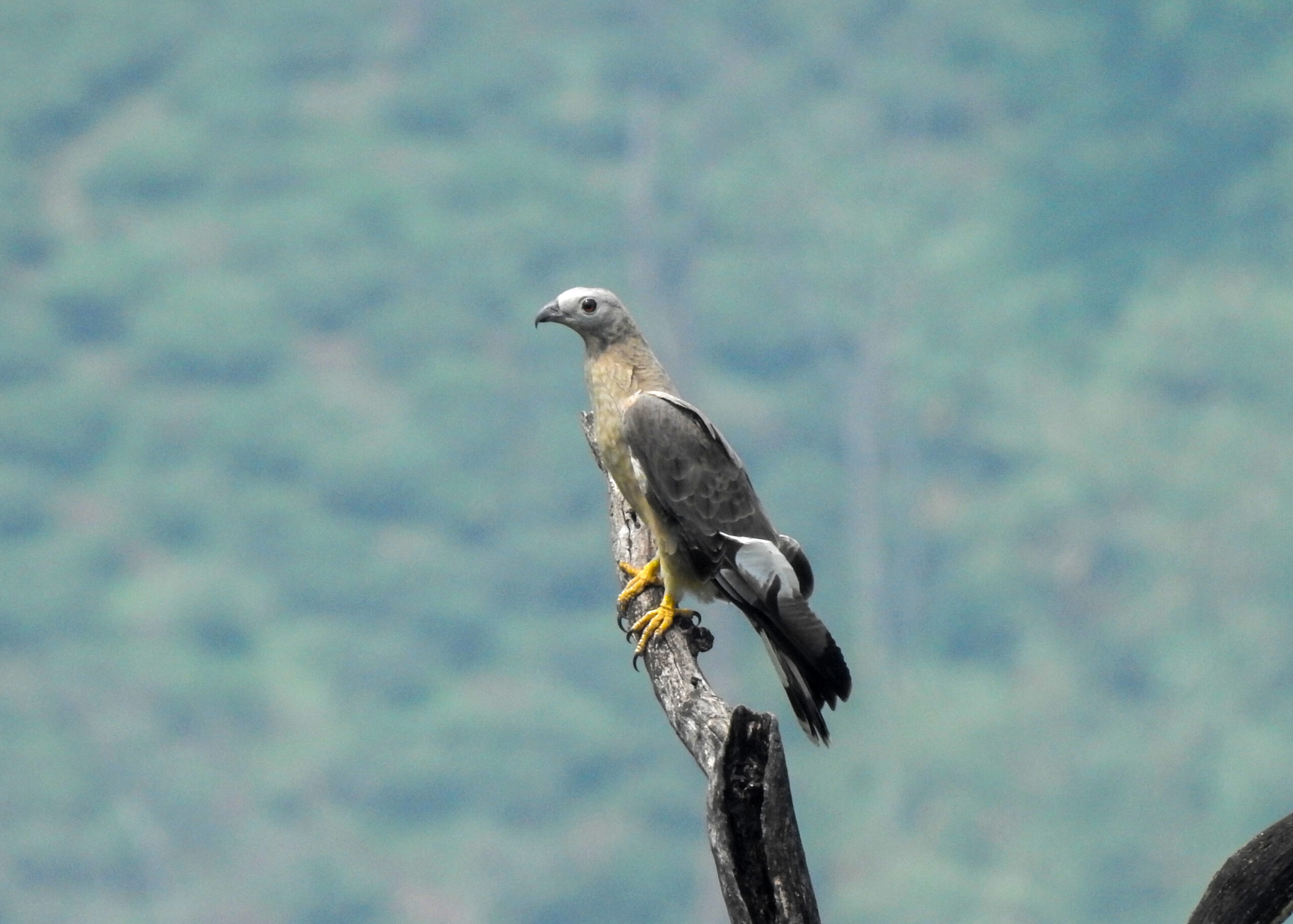
Every fall, the Oriental Honey-Buzzard leaves its forest home in Japan, Korea, or China, crossing the East China Sea to reach Southeast Asia. These raptors follow invisible flyways, hunting wasp nests along the way, and are celebrated in local migration festivals.
The Osprey’s Fishing Odyssey from Pole to Tropics
Ospreys, with their keen eyes and unique reversible toes, migrate from northern lakes to tropical coasts each winter. They are often seen carrying fish in their talons, a signature silhouette as they travel along rivers and seashores across the Americas.
The Cedar Waxwing’s Wandering Fruit Feast
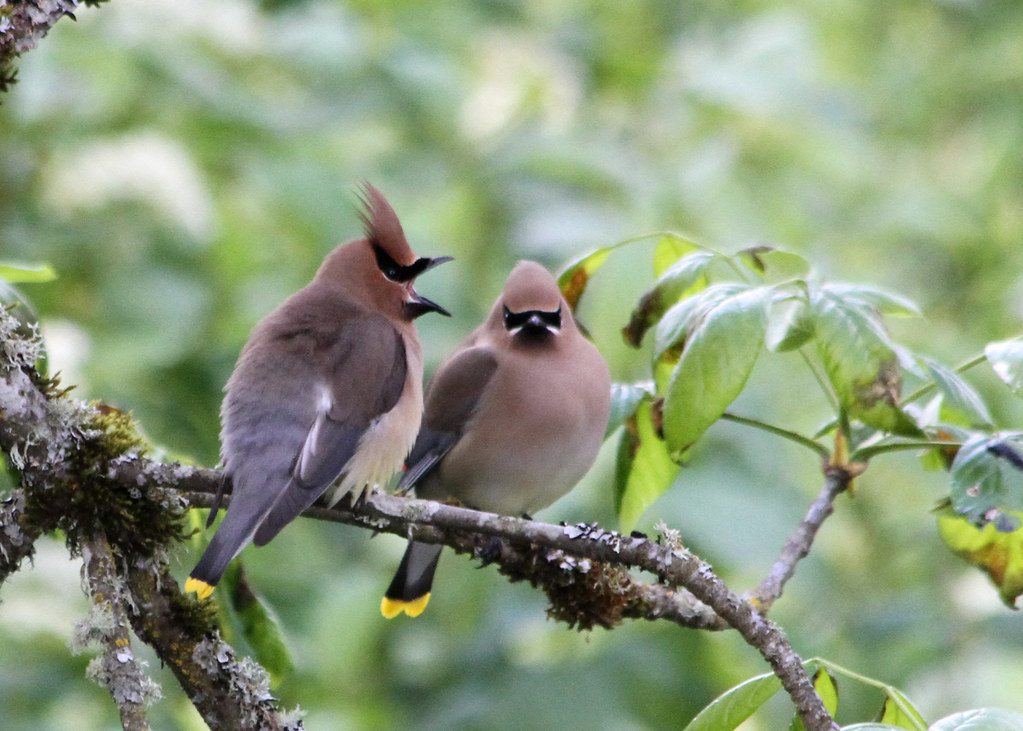
Cedar Waxwings roam North America in nomadic flocks, their silky feathers and yellow-tipped tails flashing among berry-laden trees. Their migration is guided not by distance, but by the ripening of fruit, turning autumn woodlands into bustling banquets.
The Amur Falcon’s Epic Indian Ocean Crossing
Each autumn, tens of thousands of Amur Falcons migrate from eastern Russia and China to southern Africa, crossing the vast Indian Ocean in a non-stop flight. Their migration is one of the world’s longest over open water, a feat that inspires awe among birdwatchers and scientists alike.
